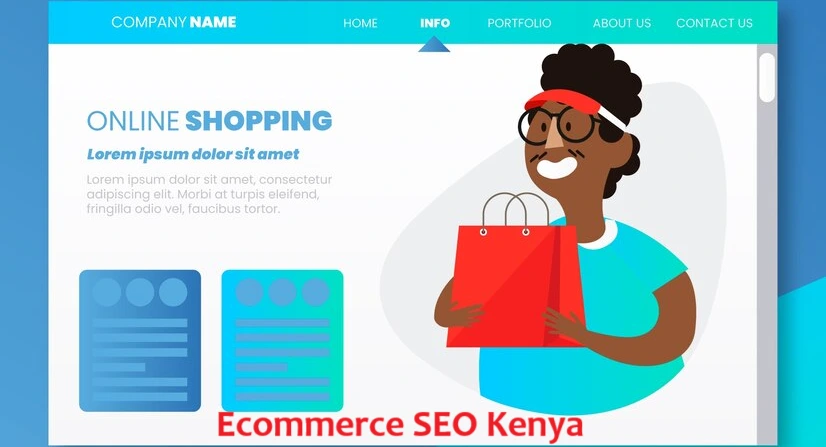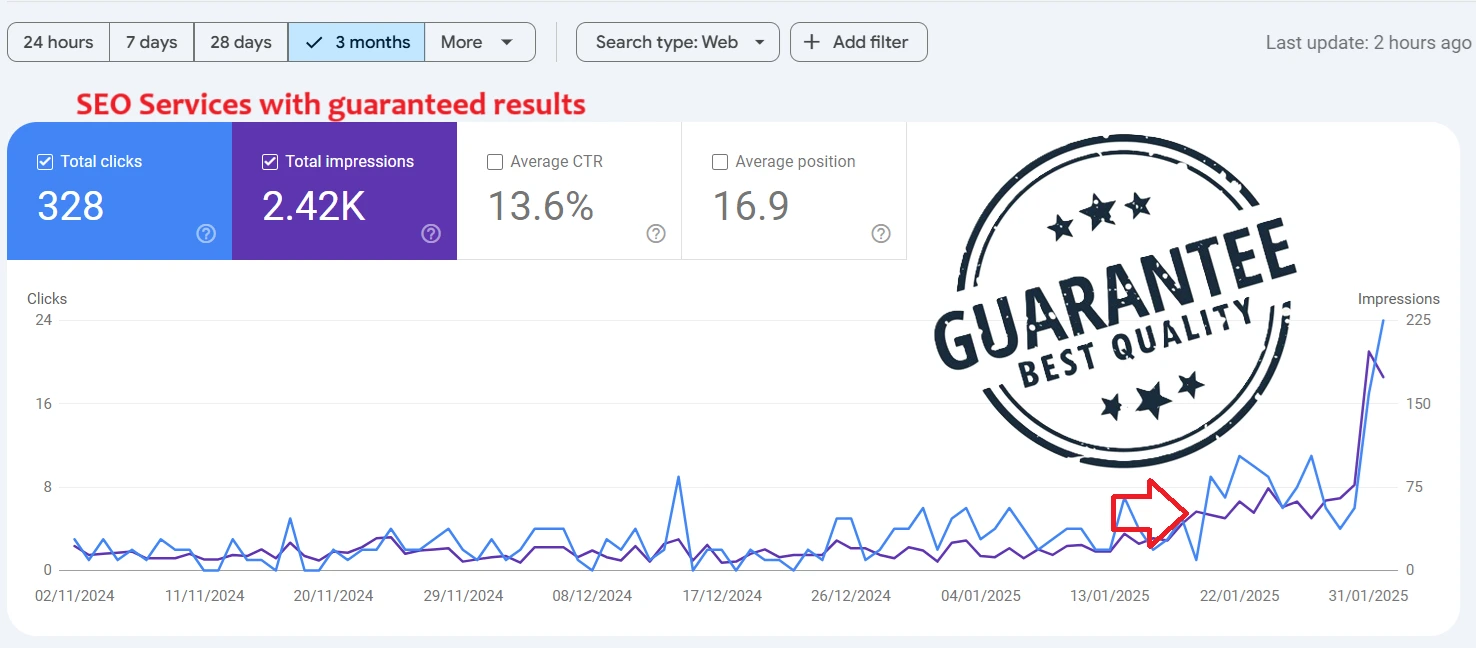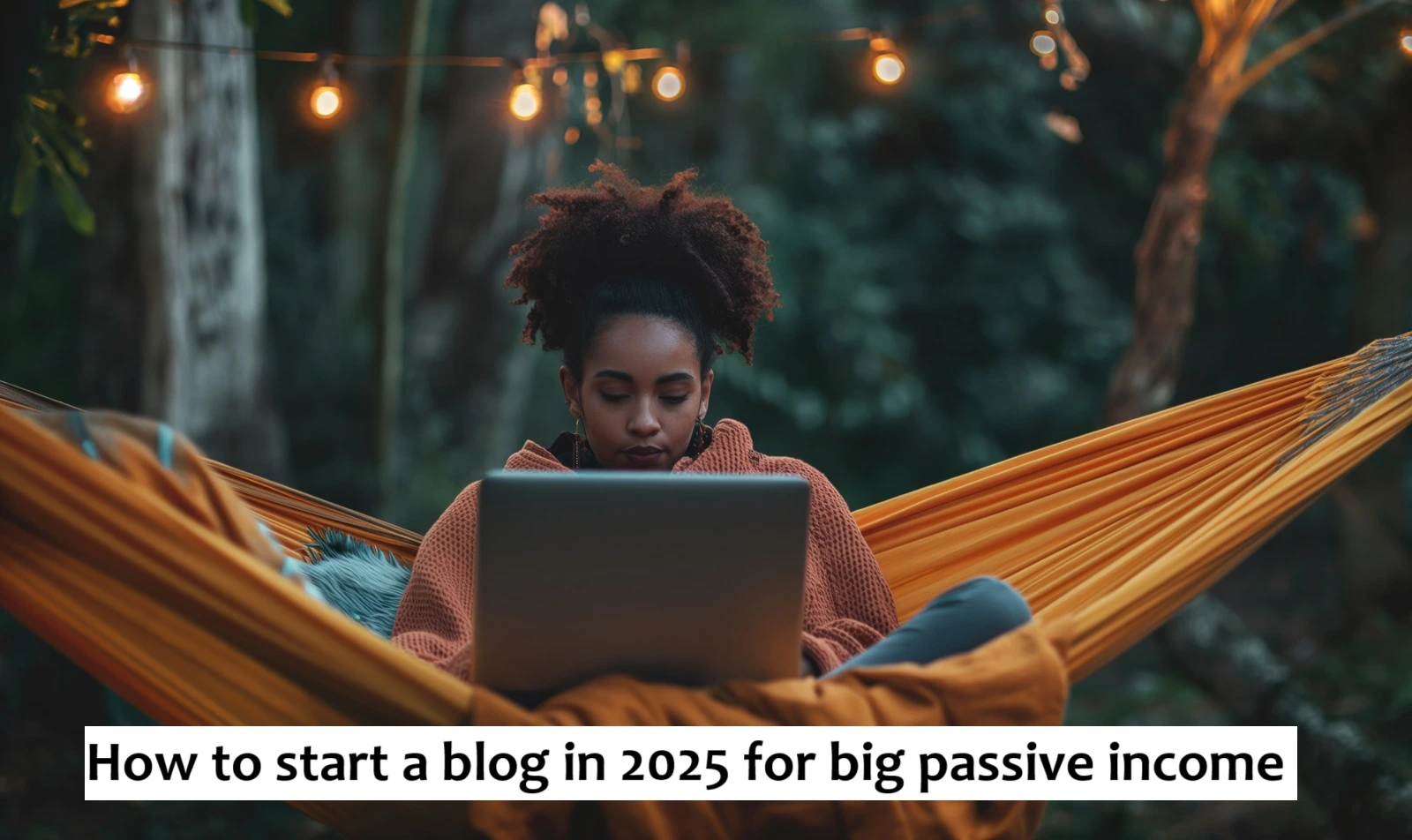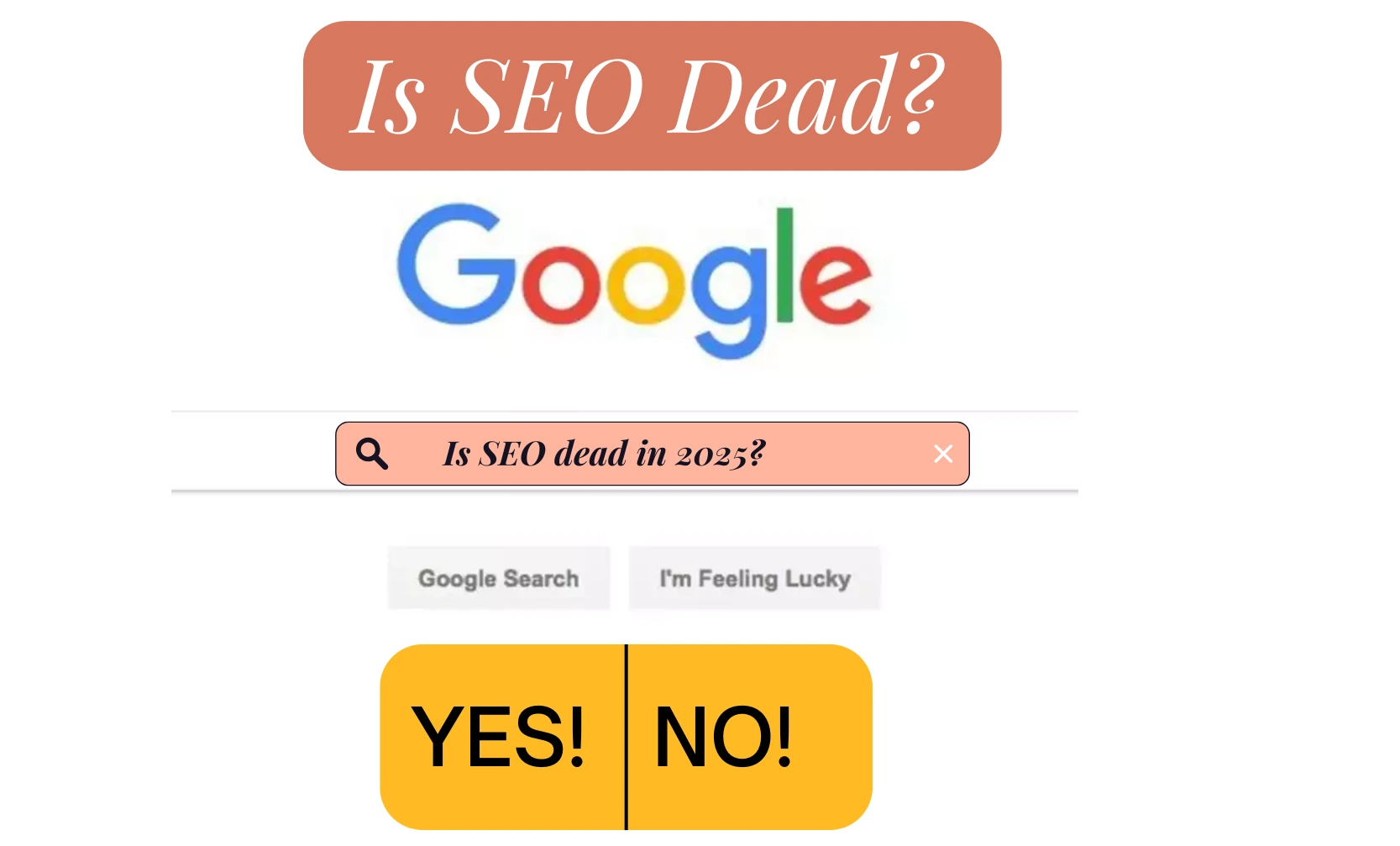
Many e-commerce stores in Kenya struggle with low visibility and traffic. With the right SEO strategies, you can turn your website into a powerful tool that attracts more customers and drives sales.
This guide will walk you through proven techniques to help your store rank higher and succeed online.
Optimize Your On-Page SEO
On-page SEO is the foundation of any successful e-commerce strategy. It involves making your website content and structure clear and appealing to both search engines and users.
Here’s how you can get it right.
Use Relevant Keywords Strategically
Identify the keywords your potential customers are searching for.
For example, if you sell furniture, terms like "affordable sofas in Kenya" or "modern beds Nairobi" should be in your titles, descriptions, and headings. Tools like Google Keyword Planner can help you find these phrases.
Structure Your Headings Properly
Use heading tags (H1, H2, H3) to organize your content. For example:
- H1: Main keyword (e.g., "Affordable Sofas in Kenya")
- H2: Subcategories (e.g., "Modern Designs" or "Classic Styles")
- H3: Product details (e.g., "3-seater sofa with storage")
This structure not only helps users but also signals to search engines what your page is about.
Write Clear Meta Titles and Descriptions
Meta titles and descriptions appear on search results and can impact click-through rates. Keep titles under 60 characters and descriptions between 120-160 characters.
Ensure they include relevant keywords and entice users to click.
Example:
- Title: "Shop Affordable Sofas in Kenya – Modern & Stylish"
- Description: "Explore a wide range of affordable sofas in Kenya. Find modern designs, durable materials, and great prices. Shop now!"
Add SEO Content to Product and Collection Pages
Content isn’t just for blogs; it’s crucial for your product and collection pages.
Include detailed descriptions, benefits, and additional information users might need. For example:
- Top of the page: Highlight key features and benefits.
- Bottom of the page: Add a paragraph summarizing the product or category with relevant keywords.
Optimize Images and Multimedia
Use high-quality images that load quickly. Compress large files and add descriptive alt text for all images.
This improves accessibility and helps search engines understand what the images represent.
Internal Links
Link between your product categories and pages. For instance, a "Living Room Furniture" page can link to subcategories like "Sofas" or "Coffee Tables."
This creates a web of interconnected pages, making it easier for users and search engines to navigate your site.
Build a Strong Internal Linking Strategy
Internal linking is a powerful tool to guide visitors and search engines through your e-commerce website.
It not only enhances user experience but also helps search engines understand the structure and importance of your pages.
Link Related Categories and Products
Organize your website into clear categories and subcategories. For example:
- Main category: "Electronics"
- Subcategories: "Smartphones," "Laptops," "Accessories". Ensure every subcategory links back to its main category and vice versa. Similarly, link related products to encourage users to explore more.
Use Breadcrumb Navigation
Breadcrumb navigation is a simple way to help users understand their location on your site. For example:
- Home > Electronics > Smartphones > Samsung Galaxy S23. This not only improves usability but also provides additional internal links that search engines can crawl.
Create Topical Clusters
Group related content together into "clusters" to improve relevance. For instance:
- Cluster topic: "Home Decor"
- Collection page: "Modern Home Decor"
- Subpages: "Wall Art," "Throw Pillows," "Lighting Fixtures" Interlink these pages so users and search engines can explore the full range of your content.
Add Contextual Links in Product Descriptions
When writing product descriptions, include links to related items. For example:
- "Pair this classic armchair with our elegant coffee tables to complete your living room look." These links encourage customers to browse additional products and improve site navigation.
Highlight Popular and Featured Products
Use your homepage or category pages to showcase popular items. Link these products directly from banners, sliders, or callout sections.
This practice drives traffic to key pages and reinforces their importance to search engines.
Ensure Proper Anchor Text
Use descriptive anchor text for your internal links.
Avoid generic phrases like "click here." Instead, use specific terms like "shop modern office chairs" or "explore dining table sets."
A robust internal linking strategy will strengthen your website’s SEO, help users navigate easily, and drive more sales by exposing them to a wider range of products.
Optimize Your Product and Collection Pages
Your product and collection pages are the backbone of your e-commerce SEO. They need to be optimized for both search engines and user experience to rank higher and drive sales.
Use SEO-Friendly Titles and Descriptions
Each page should have a clear, keyword-focused title and meta description:
- Title example: "Affordable Smart TVs in Kenya | Latest Models"
- Meta description: "Explore a wide range of affordable smart TVs in Kenya. Enjoy high-definition quality, advanced features, and unbeatable prices."
Add Descriptive and Unique Product Content
Avoid using generic manufacturer descriptions.
Instead, create unique content that highlights the product's features, benefits, and applications:
- Include details like dimensions, materials, and uses.
- Answer common customer questions within the description.
Leverage Headings for Clarity
Structure your pages with clear headings (H1, H2, H3) that reflect the content hierarchy:
- H1: Main category or product name (e.g., "Smart TVs")
- H2: Subsections like "Top Features," "Customer Reviews," "Specifications"
Incorporate High-Quality Images and Videos
Visual content plays a critical role in conversions:
- Use clear, high-resolution images from multiple angles.
- Include videos demonstrating product features or assembly instructions.
Add Content Above and Below the Fold
Provide engaging content at the top of the page to grab attention and detailed SEO content at the bottom for search engines:
- Top: Highlight key features, benefits, and a call-to-action.
- Bottom: Include FAQs, usage tips, and related product links.
Optimize URLs for Keywords
Ensure your URLs are simple, clean, and descriptive:
- Example: www.yourstore.co.ke/collections/smart-tvs
Include Reviews and Ratings
Displaying customer reviews and ratings builds trust and adds fresh, user-generated content to your page.
This can improve rankings and drive sales.
Use Schema Markup
Add structured data (schema markup) to your pages to enhance search visibility:
- Include product details like price, availability, and reviews.
- Example: "This Smart TV starts at KES 45,000 and is in stock."
We have found that optimizing your product and collection pages is essential for increasing your e-commerce visibility and creating a seamless shopping experience for your customers.
Build Backlinks for Credibility
Backlinks are a powerful tool in e-commerce SEO, especially for establishing authority and improving search engine rankings.
For Kenyan e-commerce businesses, this strategy can help your site stand out and gain trust both locally and globally.
Earn Quality Links
- Collaborate with local bloggers or influencers in Kenya to create content that links back to your store. For instance, a lifestyle blogger could feature your products in a “Top 10 Gift Ideas” post.
- Partner with industry-specific websites to secure backlinks. For example, if you sell home appliances, look for Kenyan home improvement blogs or forums.
Focus on Relevance
- Ensure that backlinks come from websites related to your niche. Links from unrelated sites add little value to SEO and may even hurt your rankings.
- Example: A clothing store should aim for backlinks from fashion blogs, not unrelated industries like tech or finance.
Avoid Spammy Links
- Regularly audit your backlink profile using tools like Ahrefs or SEMrush to identify harmful or low-quality links. Disavow such links to avoid penalties from Google.
- Avoid paid or spammy link schemes, as these can damage your credibility and rankings.
Create Link-Worthy Content
- Publish high-value content like blog posts, infographics, or videos that others naturally want to share and link to. For instance:
- A furniture store could create a guide on "How to Decorate Your Living Room on a Budget."
- An electronics store might publish “5 Tips for Choosing the Best Smartphone in Kenya.”
Backlinks are not just about quantity but quality. A few strong, relevant links can be more impactful than hundreds of low-quality ones, helping your e-commerce site climb search engine rankings.
Do you need help with your E-commerce website SEO?
Your e-commerce store in Kenya has immense potential to thrive in the competitive online space.
If you’re ready to boost your visibility and drive conversions, we’re here to help.
Let us create a tailored SEO strategy for your business that delivers real results.
📞 Book a consultation today and let’s turn your website into a traffic magnet today.




